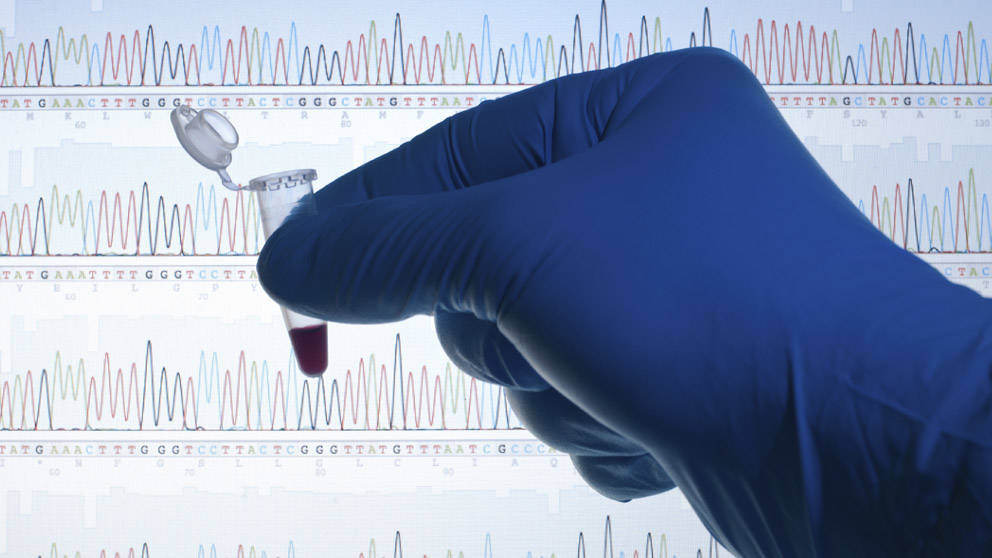
The NntC57BL/6J mutation in the nicotinamide (NAD) nucleotide transhydrogenase (Nnt) gene is found exclusively in B6/J-derived mice and has not been detected in any other B6 substrains, including C57BL/6N (B6/N)-derived substrains. Here we discuss the potential impact of the NntC57BL/6J mutation on studies related to diabetes and metabolism.
Below are answers to the most frequently asked questions concerning Nnt, C57BL/6J, and diabetes.
1) What is the NntC57BL/6J mutation?
The NntC57BL/6J allele actually consists of two mutations: the first is a missense (methionine to threonine) mutation in the mitochondrial leader sequence; the second is an in-frame deletion that removes exons 7-11, resulting in expression of a truncated, non-functional protein.
2) What is NNT’s function?
NNT is a nuclear-encoded, mitochondrial protein that is localized to the mitochondrial inner membrane. The enzyme catalyzes the reduction of NADP+ to NADPH. This NADPH provides the reducing power to detoxify reactive oxygen species (ROS) in the mitochondria, which is necessary to maintain efficient ATP synthesis.
3) How was the NntC57BL/6J mutation identified?
The NntC57BL/6J mutation was identified by a QTL analysis involving strains C57BL/6J and C3H/HeH, which show differential responses in insulin secretion and glucose tolerance in response to glucose challenge (Toye et al. 2005; Freeman et al. 2006).These studies suggested that reduced Nnt activity (presumably due to the NntC57BL/6J mutation) is primarily responsible for the diminished insulin secretion and impaired glucose tolerance observed in B6/J mice.
The mutation was simultaneously identified by a second group studying mitochondrial superoxide dismutase (Sod2), another mitochondrial protein involved in reducing ROS in mitochondria, as a modifier that contributes to the decreased life span of B6/J- relative to DBA/2J-Sod2-deficient mice (Huang et al. 2006).
4) What are the consequences of defective Nnt in C57BL/6J mice?
B6/J mice do manifest altered redox-related imbalances (Ronchi et al. 2013). By and large, however, B6/J mice are long-lived mice – indeed, B6/J mice are known for their longevity compared to other inbred strains. The NntC57BL/6J mutation appears to minimally impact the overall health of B6/J mice.
5) Are C57BL/6J mice diabetic as a consequence of the NntC57BL/6J mutation?
No. B6/J mice show moderately impaired glucose clearance and resting glucose levels slightly higher than wild-type Nnt mice. However, glucose levels are below the diabetic threshold.
Although the NntC57BL/6J mutation was initially identified as an allele that contributes to the impaired glucose tolerance and reduced first-phase insulin secretion observed in B6/J mice following glucose challenge, subsequent studies have demonstrated that functional Nnt protein does not necessarily correlate with improved insulin secretion.
In a second study, comparison of insulin secretion and glucose tolerance in B6/J (NntC57BL/6J mutant) and C57BL/6N (Nnt-wildtype) failed to reveal any significant differences in the responses of either strain; both strains show similar reductions in insulin secretion and impaired glucose tolerance (Wong et al. 2010).
Taken together, these studies suggests that although a functional Nnt allele contributes to the enhanced insulin secretion and glucose tolerance in DBA/2 and C3H/HeH mice, its absence in B6/J does not account alone for the lower insulin secretion and impaired glucose tolerance in these mice. They conclude that at least one other allele (as yet unidentified) present in B6 mice may account for the lower insulin secretion and impaired glucose clearance seen in both B6/J and B6/N substrains following glucose challenge.
6) Does the NntC57BL/6J mutation affect the B6/J response to diet-induced obesity (DIO)?
It is not clear what effect, if any, the NntC57BL/6J mutation has on B6/J male responses to DIO. Based on a study undertaken at JAX, B6/J males on a 60 kcal % fat diet for 14 weeks weigh more, have higher non-fasting plasma glucose levels and are more severely glucose intolerant than C57BL/6NJ (005304; B6/NJ) males, which are wild-type for the Nnt allele (Nicholson et al. 2010). It has not been established, however, to what degree, if any, the NntC57BL/6J mutation contributes to the difference in theses DIO responses.
The fact that other strains that carry the wild-type Nnt allele respond to DIO, also, such as NON/ShiLtJ (002423), indicates that the NntC57BL/6J mutation is not necessary for a robust DIO response.